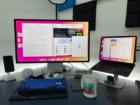With the release of iPadOS 16, even in its current beta form, Apple has changed the way some iPads can be used. After years of composing without a real interface dedicated to multitasking and without support for external displays, Apple finally added both of these features through a feature called Stage Manager.
Stage Manager isn’t enabled by default, but once you find the option, you can have up to four apps running on your iPad screen, each of which can be dragged around. screen and resized, just like on a Mac.
Plus, when you connect your iPad to an external display, you get a second desktop where you can have up to four additional apps open and active. In all the iPad can therefore juggle between eight applications. This is a significant advance for the Aple tablet.
Here’s how to enable Stage Manager and learn about related features. But, above all, a few technical details.
How to use Stage Manager on iPadOS 16?
A feature reserved for certain iPads
Stage Manager does not work on any iPad with iPadOS 16. It is limited to tablets that use Apple’s M1 processor. It is therefore found on the iPad Pro 2021 and the iPad Air 2022. Apple justifies this limitation by evoking a significant need for power, the obligation to have a fast RAM and virtual memory and a USB-C / Thunderbolt 4 port .
Unfortunately, Apple does not seem to want to backtrack on this point, whatever private users of this option say.
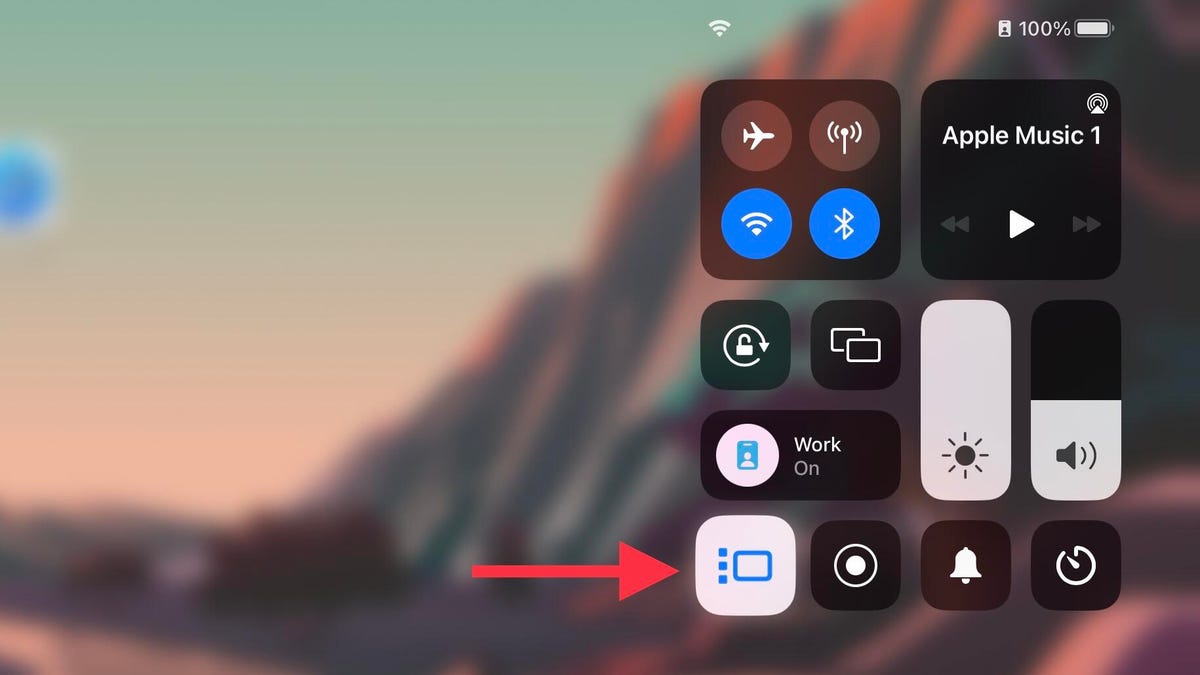
Screenshot by Jason Cipriani/ZDNet.
How to activate and deactivate the Stage Manager?
Stage Manager is therefore an optional feature. You can use it whenever you want with just the press of a button in the iPad Control Center. To access it, swipe down from the top right corner of your iPad screen. You will then see a new icon with a rectangle and three dots on the left. Tap on this icon to activate the option.
If you want to go back to the traditional iPad layout, open Control Center again and press the same button to disable Stage Manager.
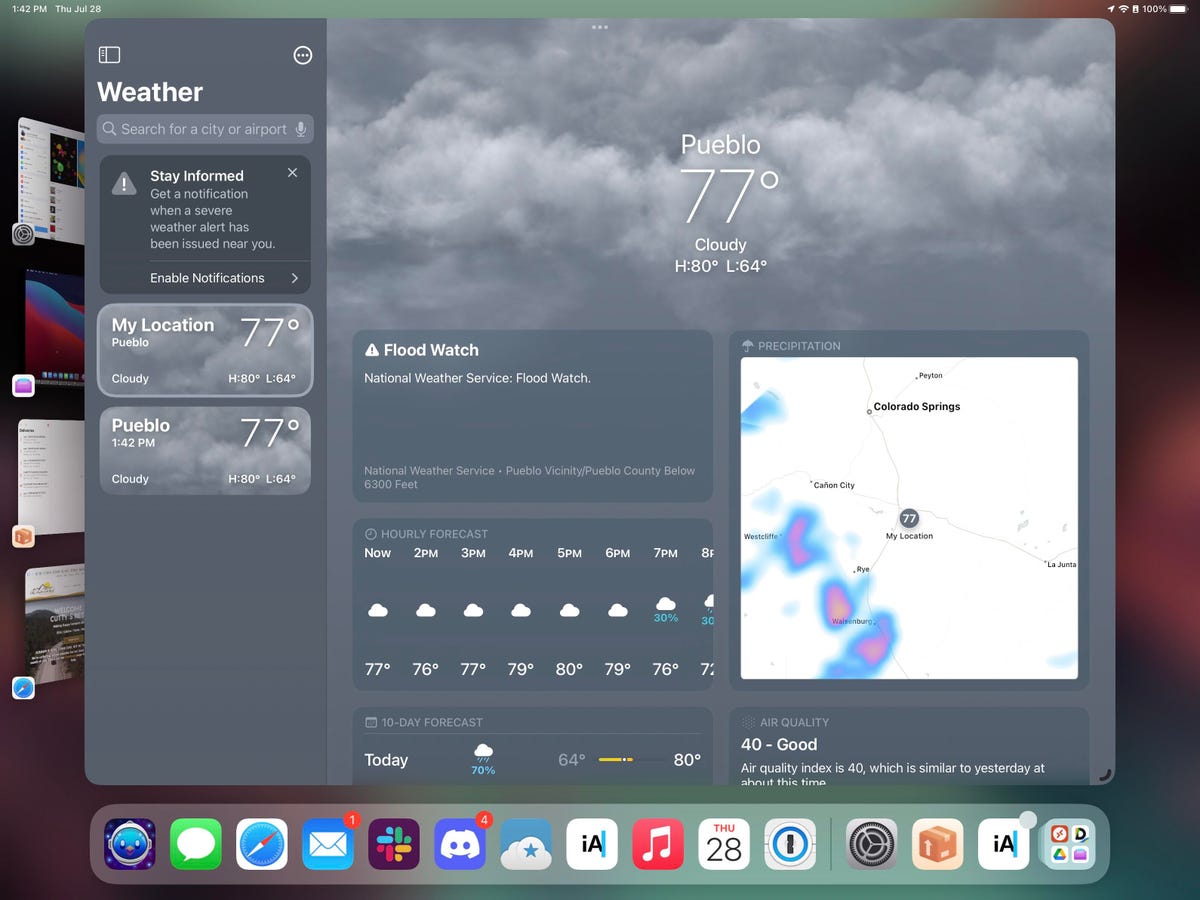
Screenshot by Jason Cipriani/ZDNet.
What to do after activating Stage Manager?
You may not notice a difference in how your iPad works after activating Stage Manager, especially if you instinctively return to the home screen.
But open any app on your iPad and you’ll see the change Apple has made to multitasking. As you can see in the screenshot above, the Weather app no longer takes up the entire screen. Instead, it’s slightly smaller, and thumbnails of previously used apps appear on the left side of the screen.
You can either tap an app’s icon to open it, or tap the thumbnail on the left side of the screen to switch to that specific app.
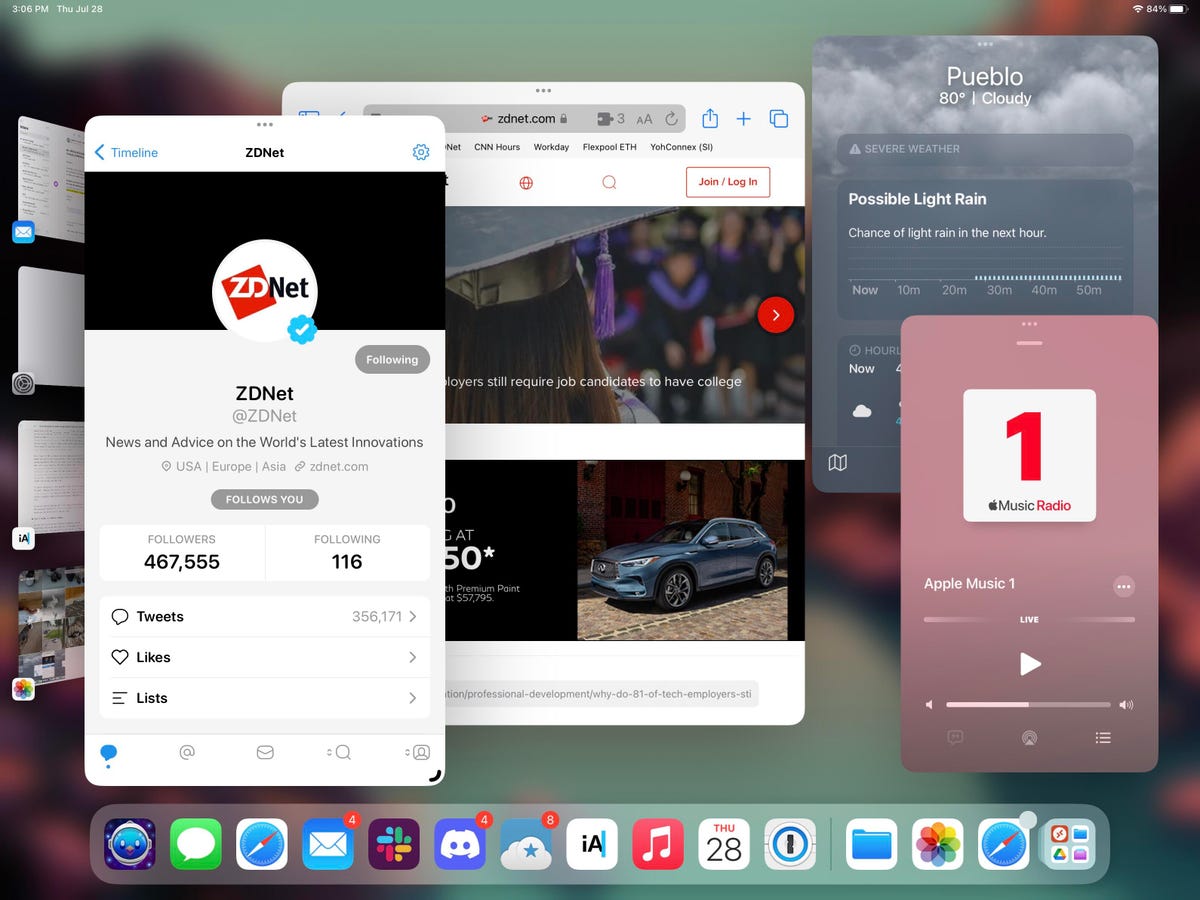
Screenshot by Jason Cipriani/ZDNet.
How to use more than one application at a time?
If you want to add a second, third or even a fourth application to your interface, simply drag the icon of the chosen application onto the screen, whether from the dock or the app library. You can also drag one of the thumbnails from the left side of the screen to open it next to your main app.
When you add a second application, the two windows are resized to equally share the available space on the screen. You can, however, resize the windows, overlap them or stack them on top of each other.
iPadOS 16 purposely leaves a tip of all active apps visible, so you have somewhere to tap to switch between apps. Again, you can have up to four apps open and available at any given time.
In the screenshot above, you can see Safari, Tweetbot, Weather, and Apple Music open and active on the iPad screen, each a different size and overlapping.
If you open an application in full screen, or if you switch to an application (or group of applications) that is on the left side of the screen, the software and workspace you previously configured will move to the left side of the screen to easily return to it.
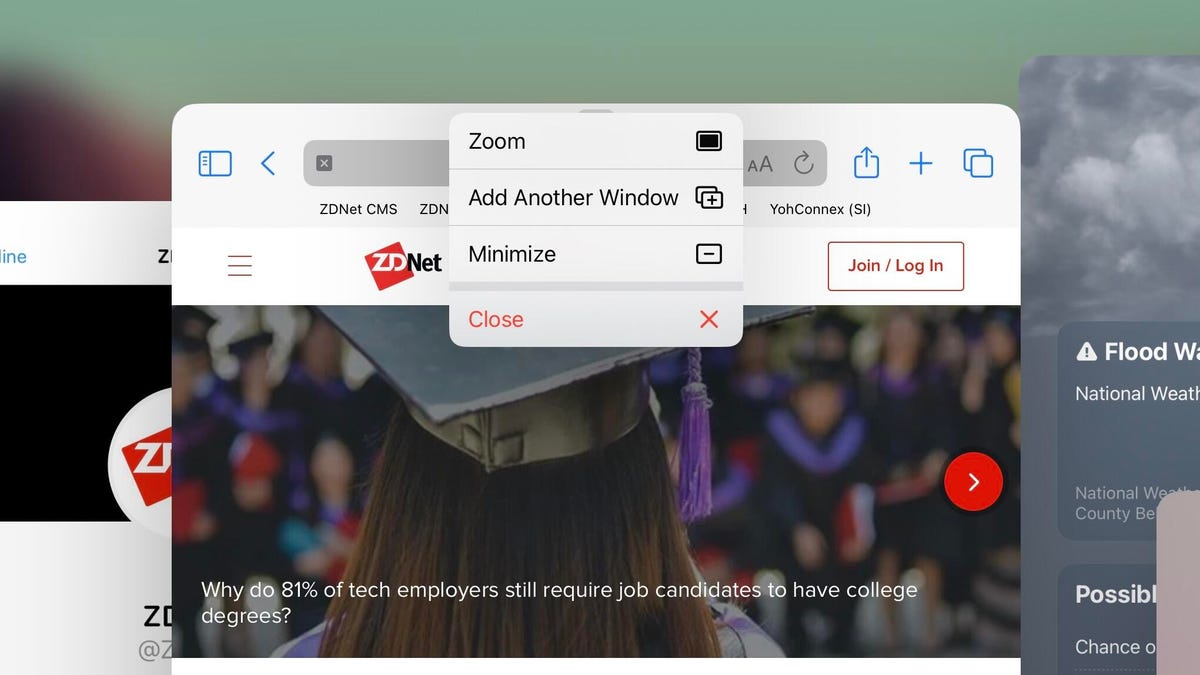
Screenshot by Jason Cipriani/ZDNet.
Resize, minimize, and close apps
When Stage Manager is active, you can see three small dots at the top of each application window. By pressing it, this button brings up a menu that offers you several actions. Here is a brief overview of what each option does:
- Zoom maximizes the current app to full screen, but keeps your other app group in the background.
- Add another window pushes currently visible apps to the side of the screen to open another app and add it to your current group.
- Minimize moves that specific app to the left side of the interface.
- Close completely close the application in question.
You have several options for resizing the displayed windows. You can use the handle that’s often found in the lower right or left corner of the window, or – if you have a mouse or trackpad connected to your iPad – you can move the pointer to any edge of the window. to adjust the size.
Window size isn’t entirely free, but it adapts to pre-existing sizes determined by iPadOS. From what I’ve seen so far, however, the many options allow for a lot of flexibility.
You can even adjust the size of windows so that they automatically hide the dock at the bottom of the screen or cover the toggle area on the left side.
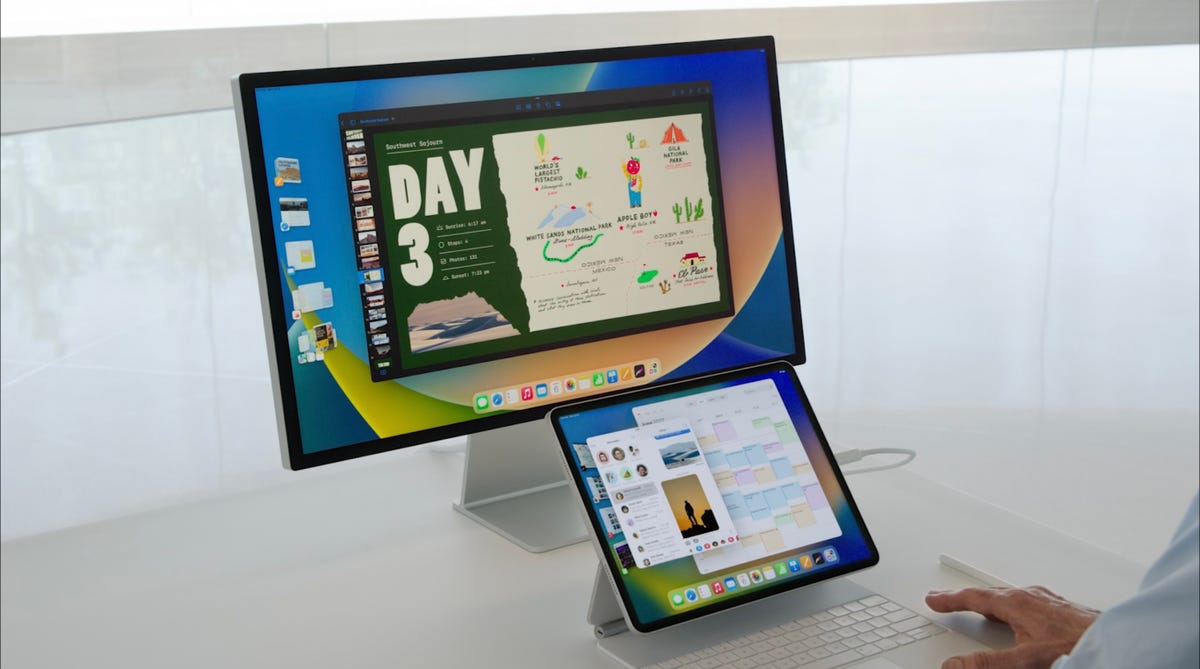
Picture: Apple.
Using Stage Manager with an external display
Now that you’ve mastered Stage Manager on iPad, it’s time to get down to business by connecting your iPad to a secondary monitor.
Stage Manager works on screens up to 6K. Unlike the previous dual-screen implementation, instead of mirroring your iPad display on the monitor, this feature shows a second home screen, complete with an app dock and the Stage Manager tiles.
Stage Manager is automatically enabled when you connect iPad to an external display. Once connected, you can open applications, resize them and move them, as we have just seen. An additional option is included in the menu at the top of each window: Move to screen Where Move to iPad. As the name suggests, selecting this option moves the window to the other screen.
On your second screen, Stage Manager works and behaves just like on iPad. Thanks to the second monitor, however, you can double the maximum number of simultaneously open and active applications. Hence the need to have power under the hood.
There are a few other features and details in the management of Stage Manager, but since the system is still in beta, it would be premature to cover it just yet. Apple often makes changes to features as feedback comes along with development.
If you want to sign up for the iPadOS 16 beta, you can do so now by following the instructions on Apple’s site. Be aware that you will surely encounter bugs and problems, and that it is not recommended to install the beta version on devices that you use daily.
Source: ZDNet.com
